The Springs Branch leaves the Leeds and Liverpool Canal in the very heart of Skipton. It runs for half a mile from the main canal around the back of the castle to a former stone loading wharf. The branch opened in 1797 and was built for Lord Thanet, who lived in Skipton Castle and owned the limestone quarries served by the branch. Stone was brought from the quarries by a tramroad to be loaded into boats for the journey down to Leeds.
Boaters wishing to take their boats up the Springs Branch should be aware that turning at the end is restricted and that boats longer than 35 ft will need to reverse back out.
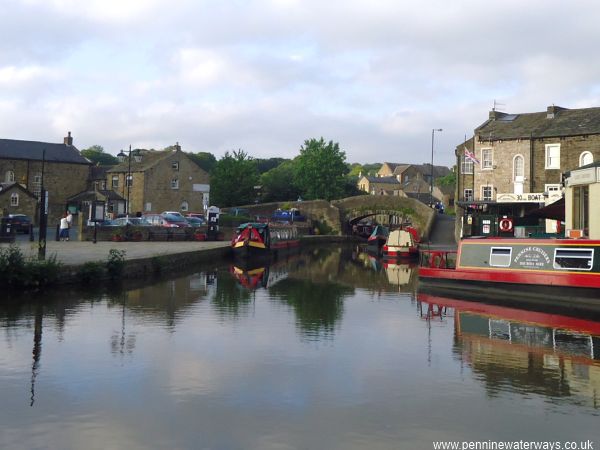
The junction with the Springs Branch, looking across to Coach Street Bridge.
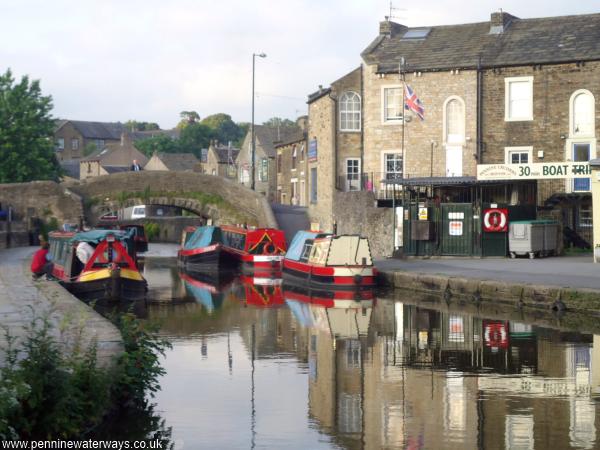
Coach Street Bridge.
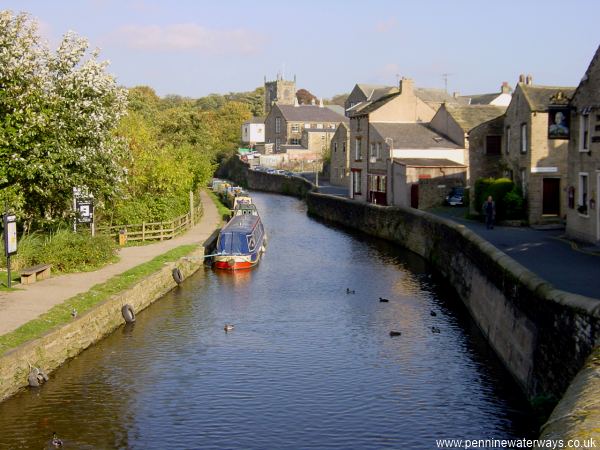
A view of the Springs Branch, Skipton, with the Royal Shepherd pub to the right.
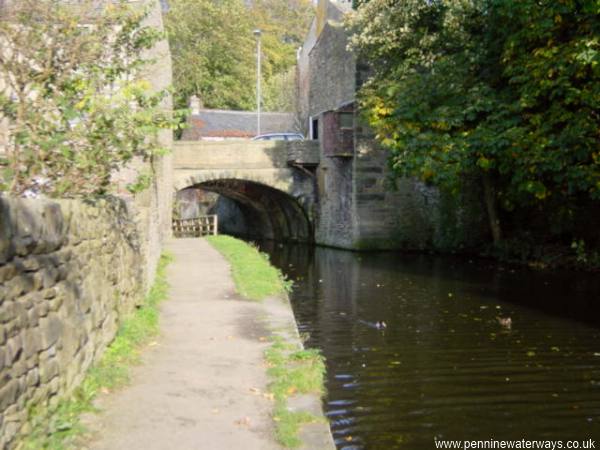
Mill Bridge, Skipton, half way along the Springs Branch.
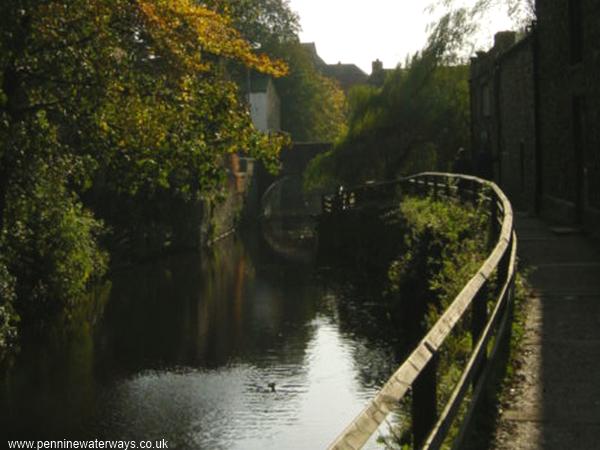
Looking back to Mill Bridge.

Beyond Mill Bridge.
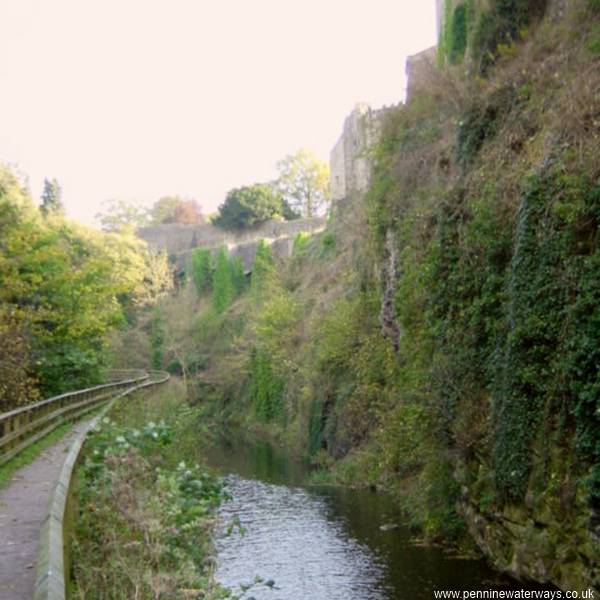
The canal winds round the back of Skipton Castle.
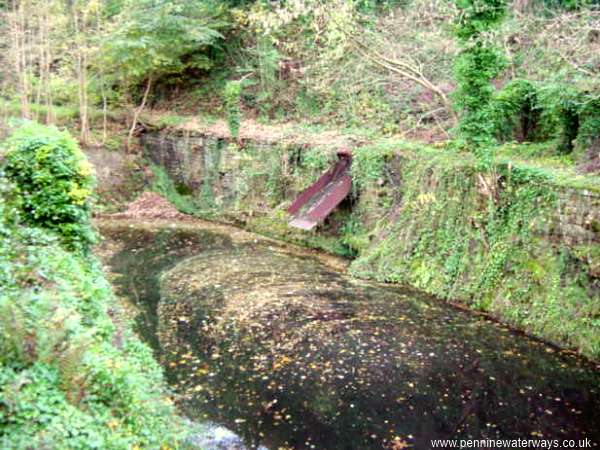
At the head of the Springs Branch is the former loading wharf. Only boats upto 35 feet in length can turn here. One of the chutes down which stone was tipped into the boats can still be seen. Originally the tramway from the quarries terminated high up the side of the valley, with stone dropping down much longer chutes. However, damage to boats and noise disturbance to Lord Thanet in the castle led to a new, steeper tramway leading to the wharf seen in the picture, requiring shorter chutes.
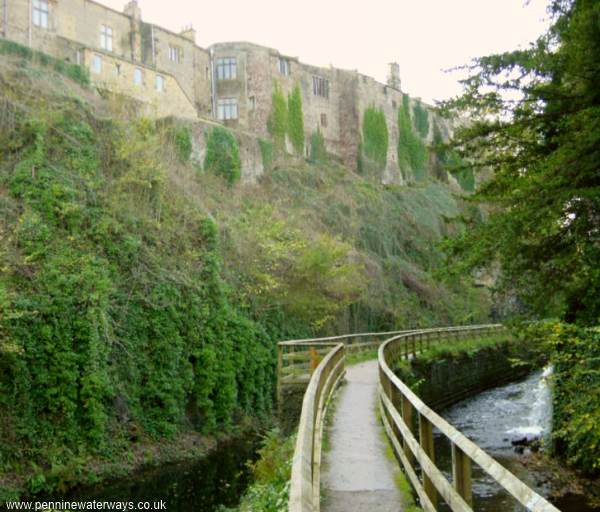
Behind the castle, the Springs Branch was carved deep into the side of the valley on the left of the picture. The Eller Beck can be seen on the right, higher than the canal, with the path on a narrow embankment between the two.